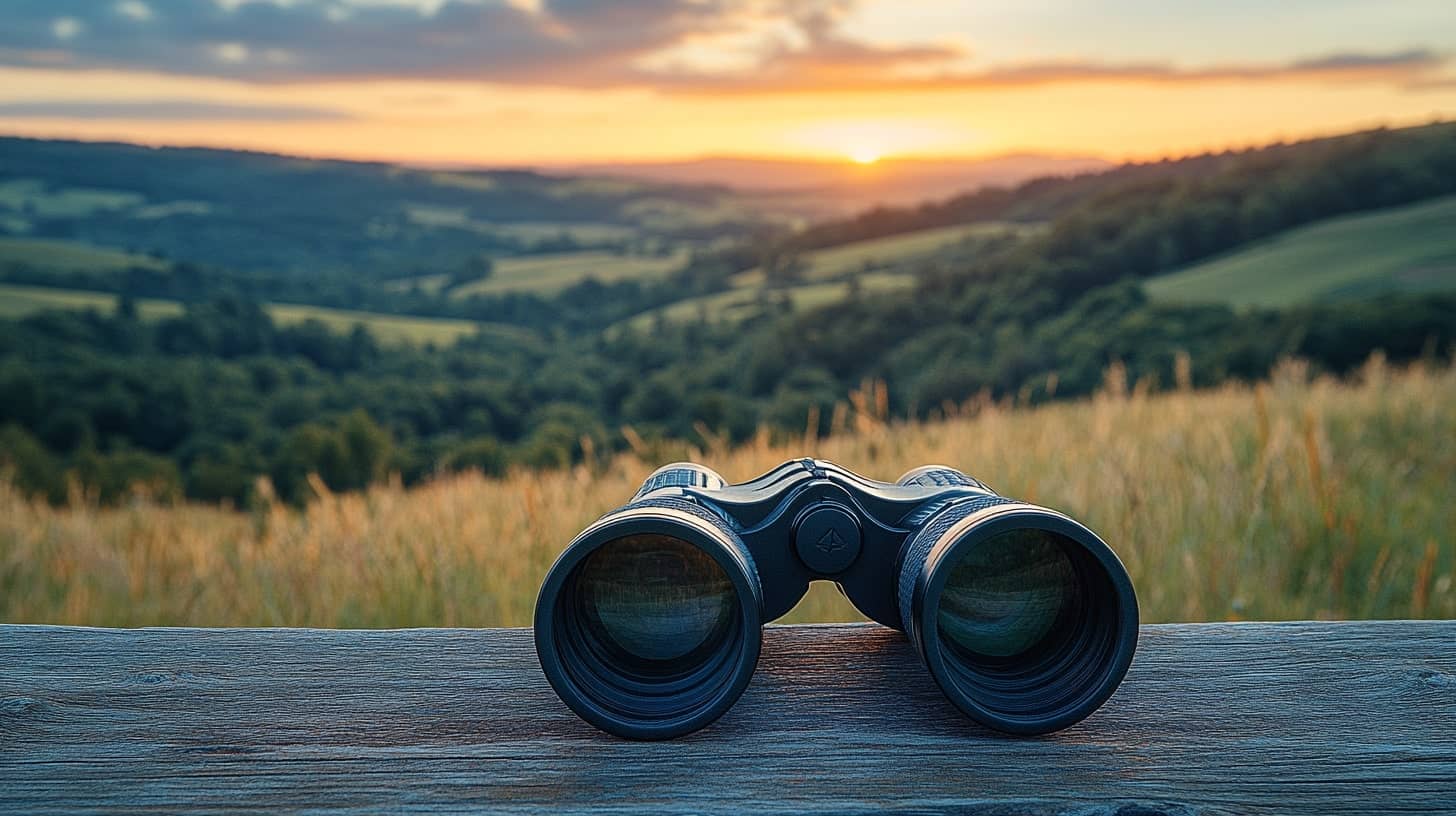Binoculars have become an indispensable tool for explorers, hunters, birdwatchers, and adventurers worldwide. But their journey from rudimentary optical devices to advanced technological marvels reflects humanity’s relentless pursuit of better vision. This article delves into the fascinating history of binoculars, tracing their evolution from ancient optics to the sophisticated devices we use today.
The Origins of Optics: Ancient Beginnings
The roots of binocular technology lie in the early development of optics. Ancient civilizations like the Egyptians, Greeks, and Romans experimented with polished crystals and glass to magnify images. These rudimentary lenses, often used as magnifying glasses or for ceremonial purposes, laid the foundation for modern optical science.
The pivotal moment in optics came during the 13th century with the invention of spectacles in Italy. By combining two lenses to correct vision, this breakthrough marked the beginning of using optical devices to enhance human sight. However, these early advancements were focused on single lenses, not the dual-lens systems seen in binoculars.
The Telescope Era: Paving the Way
In the early 17th century, the invention of the telescope revolutionized optics. Pioneers like Hans Lippershey, Galileo Galilei, and Johannes Kepler developed refracting telescopes that could magnify distant objects. While these devices were groundbreaking, they were monocular—offering vision through one lens only.
By the mid-17th century, innovators began experimenting with paired telescopes, essentially creating the first prototypes of binoculars. These early binocular telescopes were bulky and impractical, but they introduced the concept of simultaneous binocular vision.
The Birth of Practical Binoculars
The 19th century witnessed significant strides in making binoculars more practical and accessible. One of the most notable advancements was the invention of the prism binocular by Ignazio Porro in the 1850s. Porro’s design used prisms to invert and correct images, allowing for a more compact and user-friendly device. This innovation paved the way for modern binoculars and remains a fundamental principle in binocular design today.
Around the same time, Carl Zeiss, a German optician, began producing high-quality binoculars that incorporated Porro prisms. Zeiss’s commitment to precision engineering and superior optics established a new standard for binoculars, making them popular among military personnel, hunters, and outdoor enthusiasts.
Binoculars in Warfare: A Strategic Advantage
The role of binoculars expanded significantly during the late 19th and early 20th centuries, especially in military contexts. Soldiers relied on binoculars for reconnaissance, artillery spotting, and navigation. During World War I, advancements in optical coatings and range-finding capabilities made binoculars even more effective.
The demand for durable and reliable binoculars continued into World War II, leading to the development of waterproof models and improved lens coatings that reduced glare. These innovations not only benefited the military but also trickled down to civilian models, enhancing their performance for hunting and outdoor activities.
Post-War Innovations and Commercial Popularity
The post-war era saw an explosion of technological advancements in binoculars. Manufacturers began incorporating lightweight materials like aluminum and plastic, making binoculars more portable. The introduction of roof prism designs allowed for sleeker and more compact models, appealing to hikers, birdwatchers, and casual users.
During the 20th century, manufacturers like Nikon, Swarovski, and Leica entered the market, pushing the boundaries of optical clarity and ergonomic design. Anti-reflective coatings, adjustable focus mechanisms, and improved field-of-view capabilities became standard features.
The Digital Age: Binoculars Enter the 21st Century
The 21st century ushered in a new era for binoculars with the integration of digital technology. Modern binoculars now include features like built-in cameras, night vision, and laser rangefinders. These advancements have made binoculars indispensable for professional hunters, wildlife photographers, and security personnel.
Digital stabilization, another groundbreaking innovation, allows users to view distant objects with minimal shaking, even at high magnifications. Smart binoculars with Wi-Fi and GPS connectivity enable users to capture and share images in real-time, merging traditional optics with cutting-edge technology.
Binoculars in Hunting: A Modern Perspective
For hunters, binoculars remain a vital tool. Today’s models offer unparalleled clarity and precision, allowing hunters to scout terrains, spot game, and estimate distances with ease. Binoculars designed specifically for hunting often feature camouflage patterns, fog-proof construction, and high light transmission for use in low-light conditions.
Maintaining binoculars is also a critical aspect of ensuring their longevity. Regular cleaning, storage in protective cases, and occasional professional servicing can keep your binoculars in top condition for years to come.
Looking Ahead: The Future of Binoculars
As technology continues to evolve, the future of binoculars looks brighter than ever. Augmented reality (AR) integration, advanced thermal imaging, and AI-powered object recognition are already on the horizon. These innovations promise to expand the capabilities of binoculars beyond traditional viewing, making them indispensable tools for a wide range of activities.
Despite these advancements, the core purpose of binoculars remains unchanged: to bring the world closer and enhance our ability to explore and appreciate our surroundings. From their humble beginnings in ancient optics to the high-tech devices of today, binoculars have truly stood the test of time as one of humanity’s most valuable tools.

